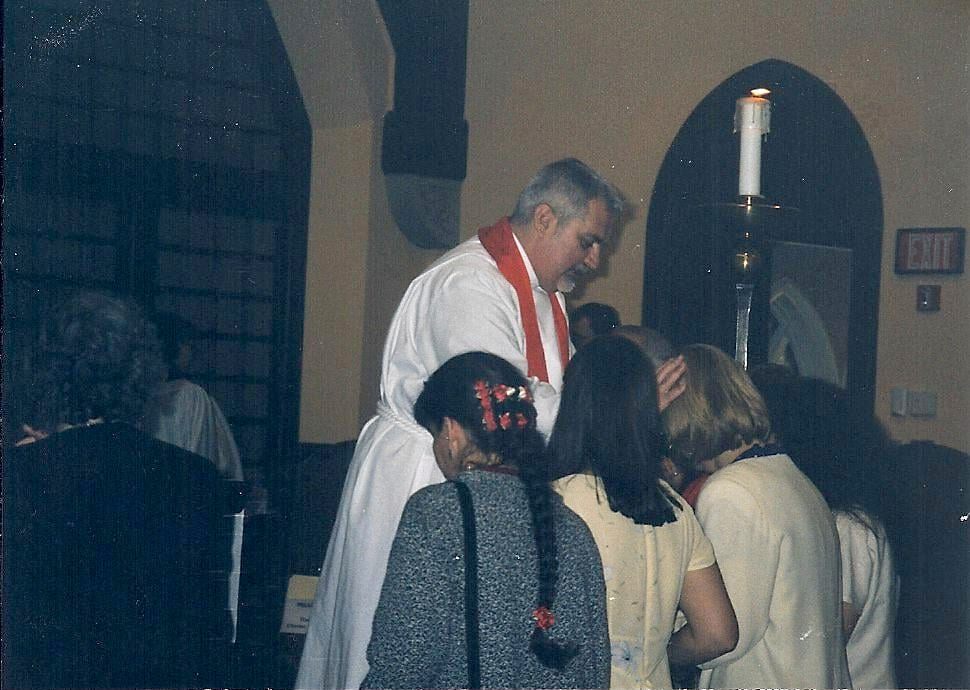They say that time and space are one. This actually is a tenet of physics and of theology (which we should remember is the queen of the sciences). The meaning of the union of time and space is that all things happen and have happened and will happen in the space that is. That means that we experience (or maybe perceive is a better word) only tiny portions of reality in each moment, as we pass through dimensions. We experience everything at once, but we perceive things sequentially.
Another way to look at it is to understand that temporality is a human invention that has its purposes, like movie start times, airplane take-offs, and so forth. But, in reality, the life you love already exists and is waiting for you to get onto the plane of its existence.
Thus, when we read of King David committing sin (2 Samuel 11:1-15)(and let’s be clear that the sin is the cutting off of himself from God), we see that the outcome is the loss of love. The power of the anointing of David as King over all of God’s dimension of temporal geography is in the eternity of the connection between God and David and thereby between God and the people. All love and all of heaven always exist. This unity of love can be experienced when we allow ourselves to cross into the dimension of love, when we open our hearts to the love that is all around us, when we remember that love builds up.
In Psalm 14 we hear about “fools”— people who do not embrace love—they are said to have no “knowledge.” Knowledge, of course, is the eternal wisdom about love and loving God and loving each other, wisdom that is written on our experience and in our genes through our creation in God’s loving image.
The letter to the Epehsians (3:14-21) asks us to strengthen our inner being—our soul—which is where we are in direct contact with the Holy Spirit. It is in our souls that we dwell in the dimension of love, if we dare. There we are “rooted and grounded in love” in a dimension so wide it is “the breadth and length and height and depth” of the “love that surpasses knowledge.” There we may attain the fullness of God, if we dare.
In John’s Gospel (6:1-21) we have two stories—Jesus feeds thousands with bread and fish, and then he calms the sea. To the nascent church of the years after Jesus’ resurrection these were stories that sustained the believers. The main point of the first story is that the miracle comes from the love in the boy who gave all he had (“five barley loaves and two fish”). The main point of the second story is how people (even the disciples) are loathe to recognize God in their midst (notice the way that Jesus says “It is I”, as in Exodus God says God’s name is “I Am”). The moral of the story is the last line, that once they recognize God in Jesus in their midst, their boat lands on dry land and their trial is over.
Such is the power of love, if we dare.
If we dare to be who God created us to be, if we dare to be fully loving LGBTQ people created in God’s own image to love, if we dare to look up and see the love in the faces of those around us, we too can experience the breadth and length and height and depth of the eternity of God’s dimensions of love.
Proper 12 Year B RCL 2021 (2 Samuel 11:1-15; Psalm 14; Ephesians 3:14-21; John 6:1-21)
©2021 The Rev. Dr. Richard P. Smiraglia. All rights reserved.

